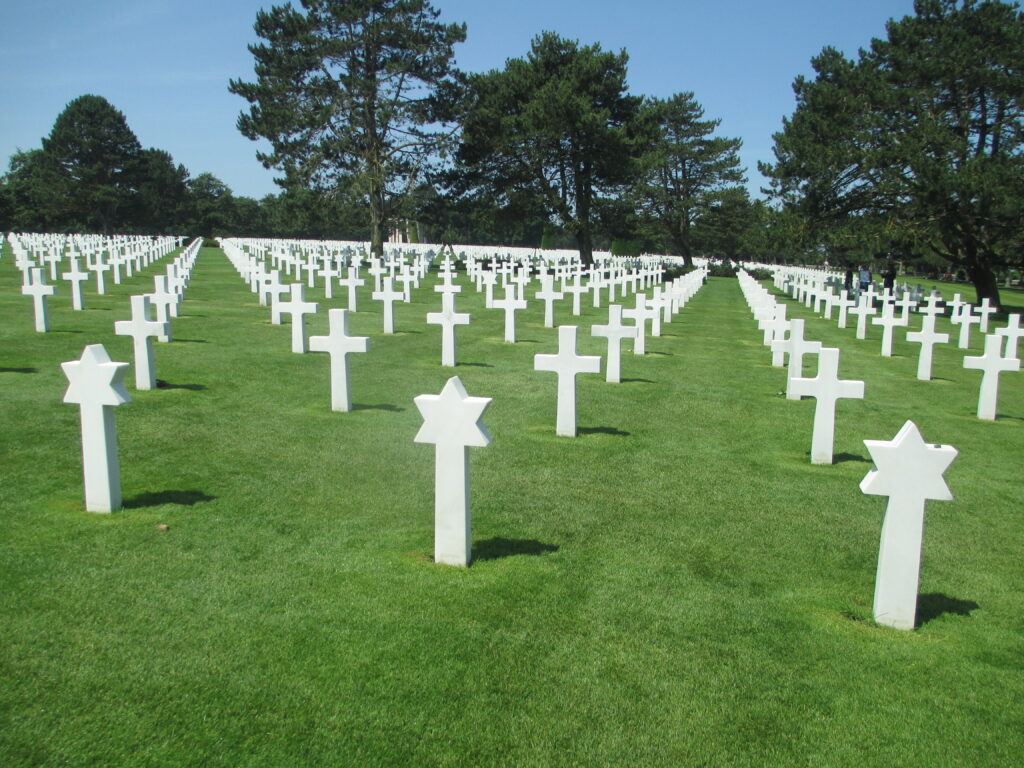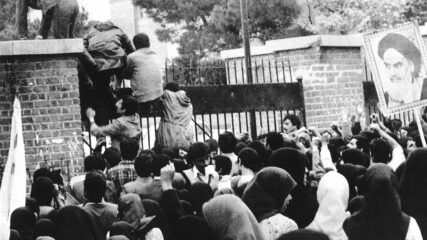June 6, 1944
Approximately 156,000 U.S., British, Canadian and other Allied troops launched from England battle their way ashore at Normandy beaches code-named Omaha, Utah, Sword, Gold and Juno in an amphibious assault known as D-Day, marking the start of the ground campaign in northern France to defeat Nazi Germany.
German forces had occupied most of France since May 1940. In November 1943, as an Allied invasion across the English Channel seemed increasingly likely, Adolf Hitler placed Field General Erwin Rommel in charge of Germany’s coastal defenses. Rommel oversaw the fortification of the Atlantic Wall, a 1,670-mile series of structures that stretched from Norway to the French-Spanish border. The wall was reinforced with anti-tank obstacles and enhanced artillery positions along the French coast.
In January 1944, General Dwight D. Eisenhower was appointed commander of Operation Overlord, the Allied plan for a European invasion. The invasion was scheduled for June 5, but weather caused a one-day delay.
Within a week, more than 325,000 Allied troops land at Normandy and begin their march across France. The Normandy landing is the largest seaborne invasion in history. The Allies suffer more than 200,000 casualties, including almost 40,000 killed.
While the Allies are driving back Nazi forces in France and Germany, the Holocaust continues to slaughter the Jews of Europe. D-Day hastens the downfall of Nazi Germany.









